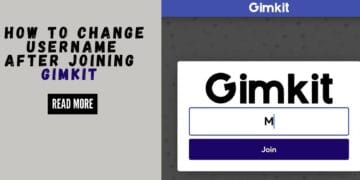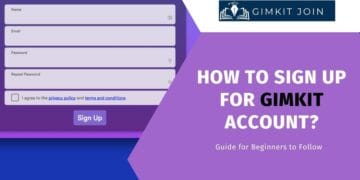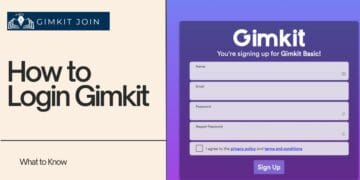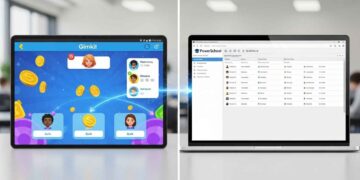The Short Answer First: Don’t Do It.
I get why the idea of a “bot flooder” seems tempting to curious students — it looks like a quick prank or a clever hack. But trust me: every time I’ve had to dig a student out of that mess, the cost was way higher than the thrill.
This piece explains what those tools do, why they’re dangerous, and what to do instead — straight, no judgment, and full of practical alternatives you can use in the classroom.
What is a “Gimkit bot flooder”?
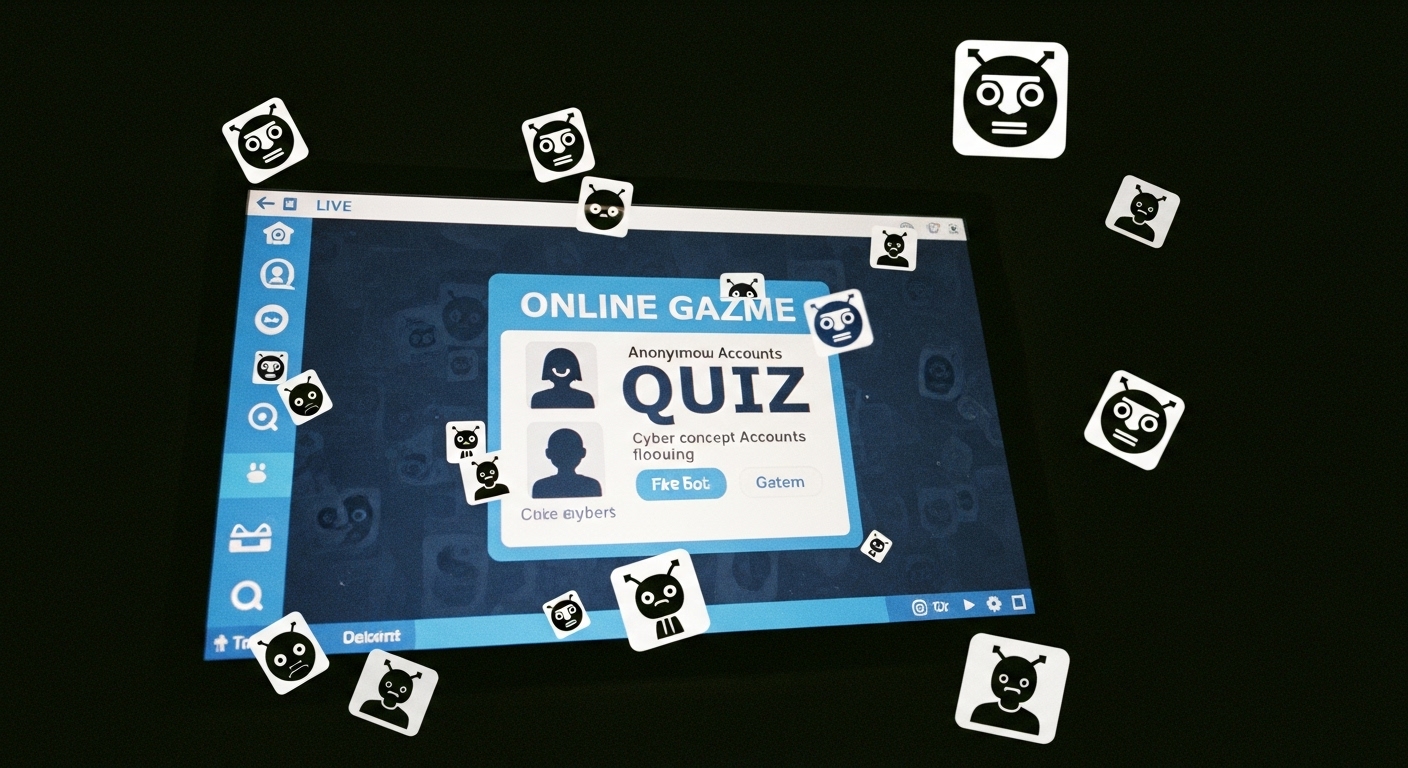
A bot flooder is an unofficial program or script that creates lots of fake accounts and throws them into a live Gimkit session. They’re not human players. They’re automated code. The goal could be to prank a class, try to crash a game, or attempt to give someone an unfair edge.
You might see searches like:
-
“Gimkit flooder unblocked”
-
“Gimkit bot flooder free”
-
“bot flooder for Gimkit”
Every one of those paths leads to the same outcome: unauthorized, risky software that is not part of Gimkit.
Quick note: the only “bots” that are safe are the official ones inside Gimkit — the ones teachers add from the platform menu. If you’re not sure how those work, see our how-to guide on adding bots for practice.
Why people try them (and why those reasons don’t hold up)

I’ve talked with students who tried flooders “just to see what happens.” Others thought it would be funny, or a shortcut. I even once had a kid tell me he wanted to “fill the class” so we’d stop the lesson early. (Sigh.)
Those motives are common. But they’re bad ideas for three reasons:
-
You can get banned. Gimkit’s terms explicitly forbid automated accounts. Use one of these tools and your account — and any linked accounts — can be permanently suspended. That’s not a warning; it’s real.
-
You can compromise your device. Many of these downloads are malware in disguise. I’ve seen students’ laptops slow to a crawl after clicking “download.” Keyloggers, spyware, and phishing popups aren’t worth one round of fake fun.
-
You ruin learning for everyone. Flooders create lag, crashes, and chaos. That’s a classroom lost — for the teacher and for every other student.
If you want more context, Gimkit’s Terms of Service explain the platform’s rules plainly.
Real dangers — a closer look

Account bans and lost work
When an account is banned, it’s not just access that’s lost — it’s student progress, class Kits, and teacher lesson prep. I’ve had colleagues lose entire weeks of planned review games after a ban incident. The hassle to restore a classroom environment isn’t worth it.
Malware and personal risk
This is the scariest part. I remember a student who clicked a “flooder” link and immediately saw pop-ups asking for passwords. His device needed a full scan. Don’t let curiosity cost you your personal data.
If you’re teaching digital citizenship, use resources like Common Sense Education to show students concrete examples of the risks.
Breaking the community trust
One misstep damages classroom trust: teachers, students, and families expect school tech to be safe. A flooder doesn’t just cheat a game — it erodes that trust. In the long run, students who depend on shortcuts miss the learning itself.
How Gimkit defends against these tools
Gimkit’s team actively monitors for suspicious behavior: mass logins, rapid account creation, and traffic patterns that look like bots. They use automated detection and IP-based rules to block floods and enforce bans.
This is good. It keeps the platform usable for everyone. If you’re a teacher curious about how to keep your sessions safe, here are two quick steps I always follow before launching a game:
-
Lock the game lobby when ready; only give the code to the room.
-
Monitor join activity for 30 seconds; if anything odd happens, end the game and relaunch.
What to do instead (legit, useful alternatives)

If the goal is practice, fairness, or challenge — here are safe and effective options I use daily:
-
Official practice bots. Teachers can add these right from Gimkit to fill slots or simulate opponents. They’re safe and predictable.
-
Rotate game modes. Try Boss Battle or Tag to keep the class engaged without any hacks.
-
Teach coin strategy. Spend five minutes showing students how and when to use multipliers — it changes the game dynamics in seconds. See our guide to Gimkit strategies.
-
Use structured chaos. Let students practice with harmless “simulation” rounds where the teacher controls the settings and reflects afterward. This satisfies curiosity without risk.
These options build skills — not shortcuts.
A short classroom story (what actually happened)
One time, a student came to me excited because he “found a trick” to fill our game. I asked to see. He showed me a messy webpage promising “unlimited bots.” Within minutes, his laptop was full of pop-ups. We lost twenty minutes while IT scanned the device. He wasn’t trying to be malicious — just curious. But the cost? Class time lost, trust tested, and a lesson in cybersafety that stuck.
That’s the kind of learning we want — not quick hacks.
Quick teacher checklist — what to do now
-
✅ Explain: Spend 2–3 minutes telling students why using flooders is banned and risky.
-
✅ Model: Show safe alternatives — add official bots or change a mode.
-
✅ Protect: Keep your game code private and relaunch if anything suspicious shows up.
-
✅ Debrief: After the game, ask students what worked and what they’d change.
FAQs
Q: Can a Gimkit bot flooder get me banned?
Yes. Gimkit actively enforces its Terms of Service — using flooders can lead to a permanent ban.
Q: Are these tools safe to download?
Almost never. Most are malware or phishing in disguise.
Q: What are safe alternatives?
Use Gimkit’s official bots, switch game modes, or run teacher-controlled practice rounds.
Final thought (from one teacher to another)
Honestly? I used to think a clever student trick was harmless. I was naive. Years of classroom experience taught me: short thrills create long headaches. If you want students engaged, give them better play — not shortcuts. Teach them to win fairly, and they’ll keep the skills (and joy) for life.






